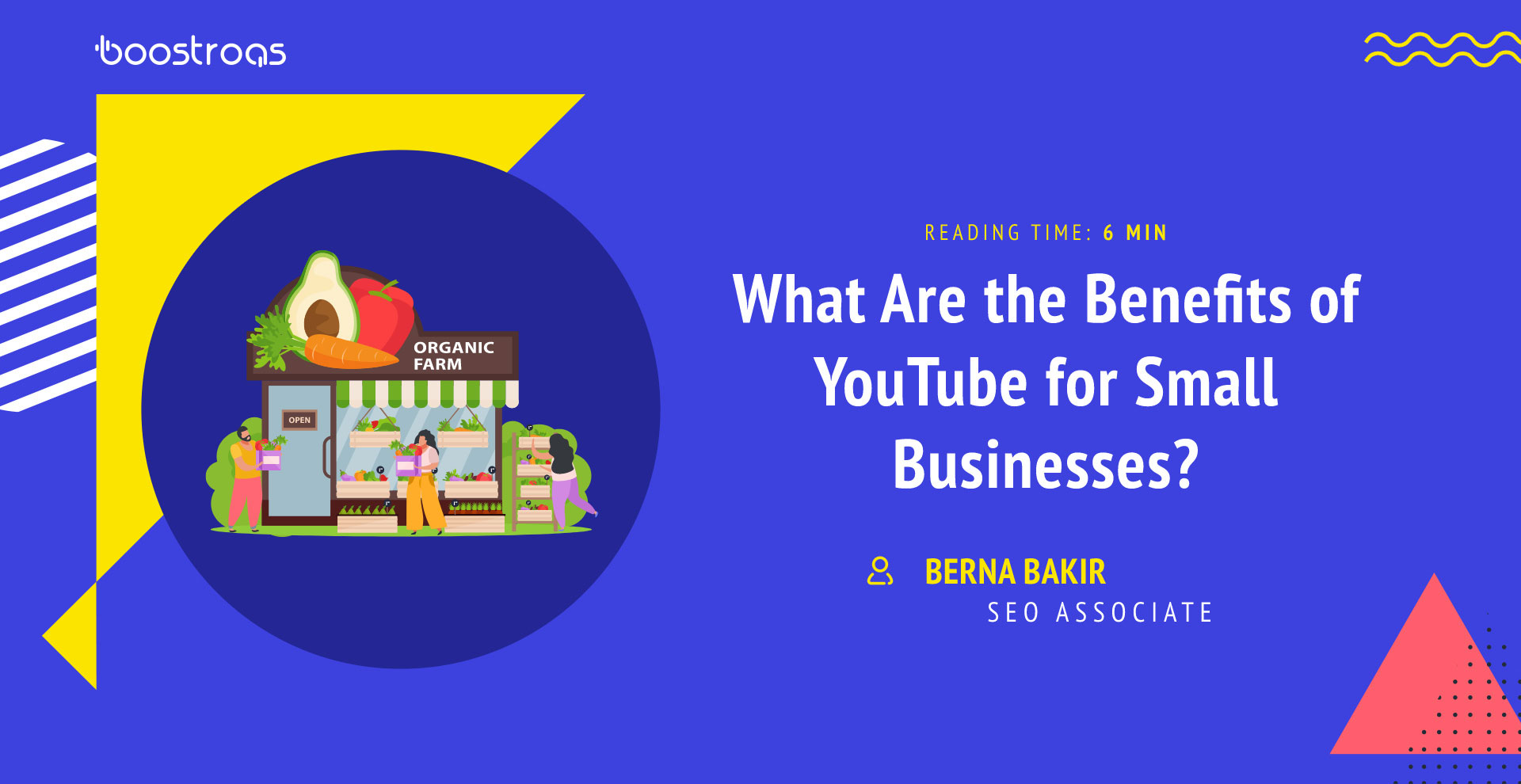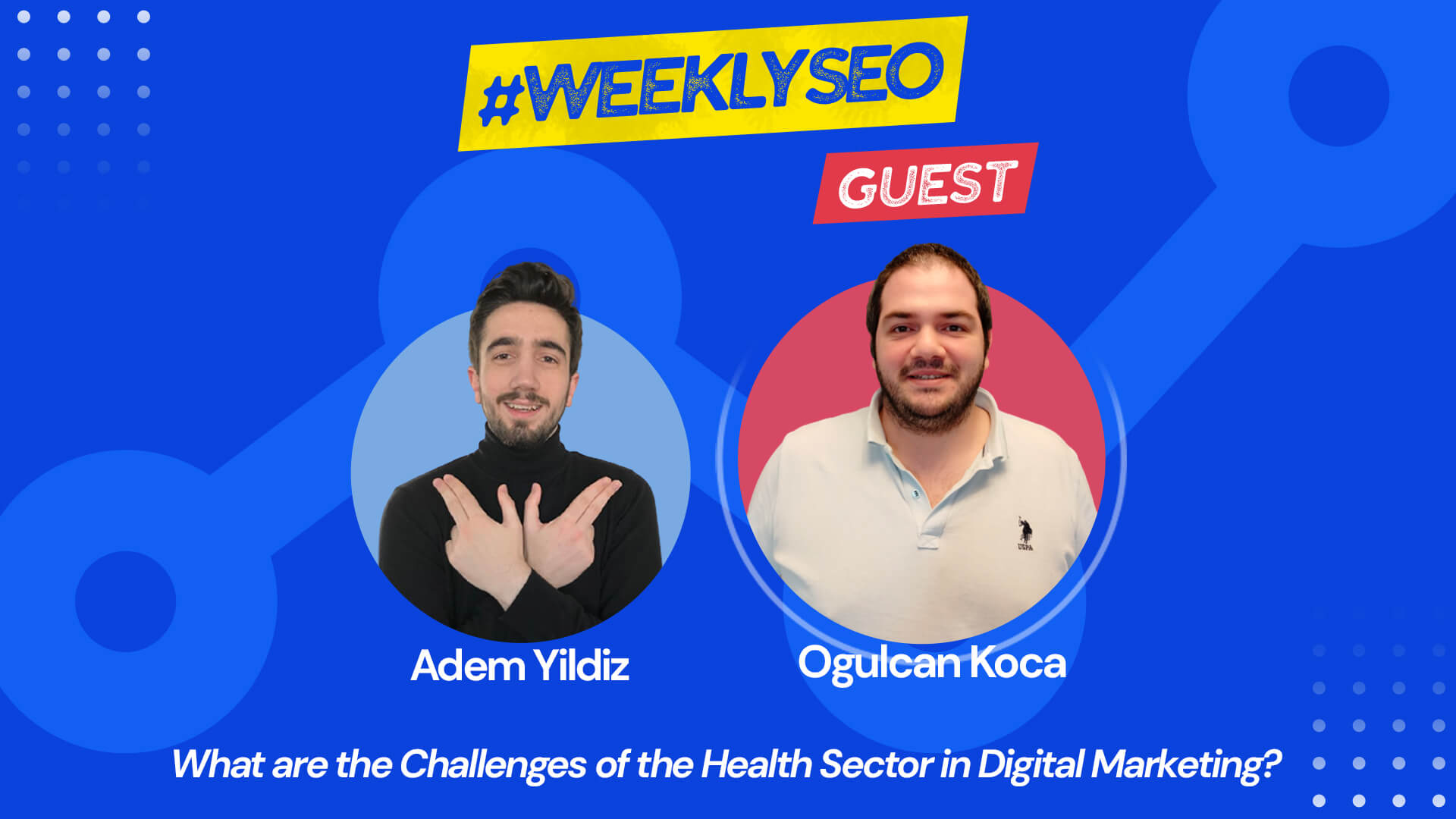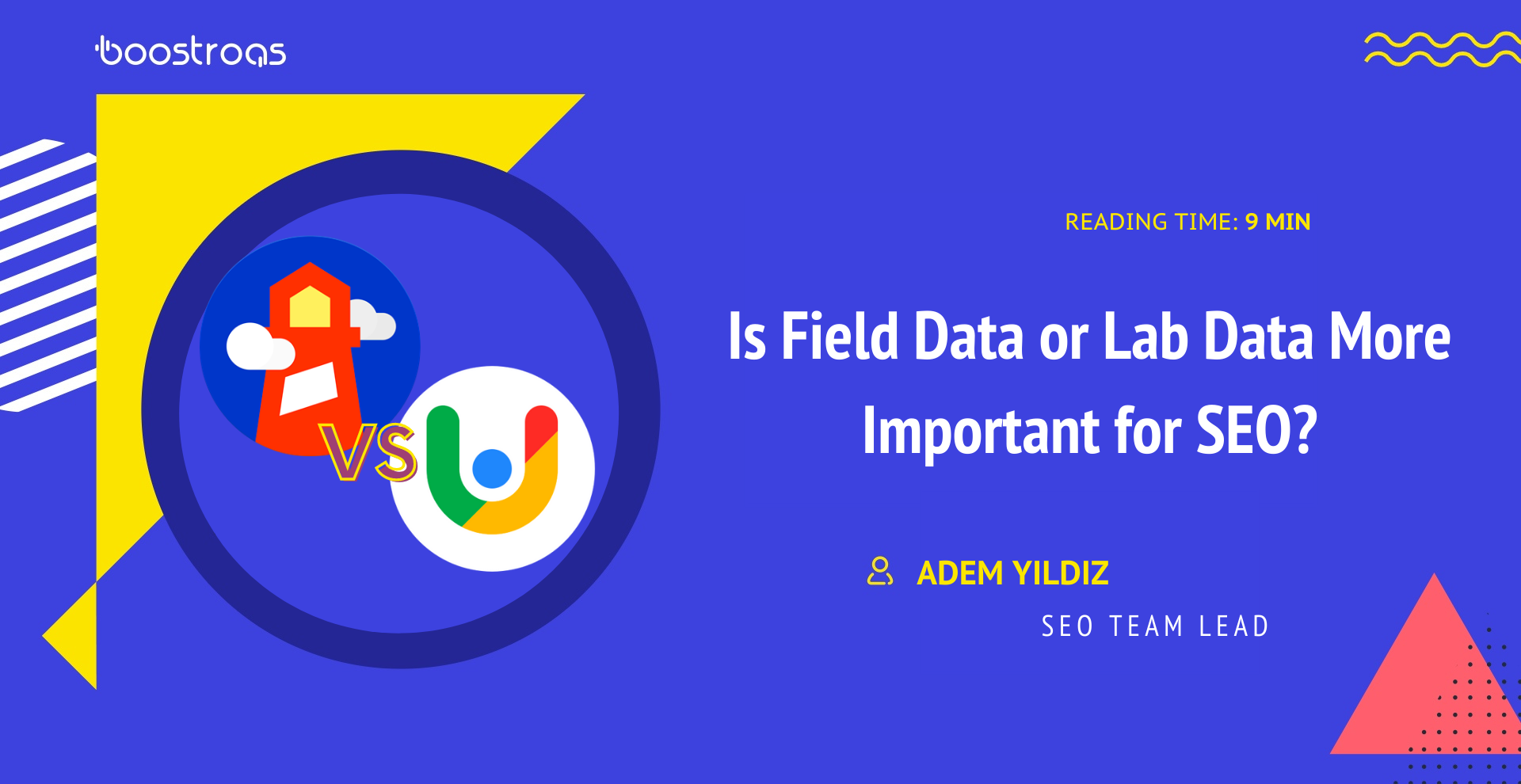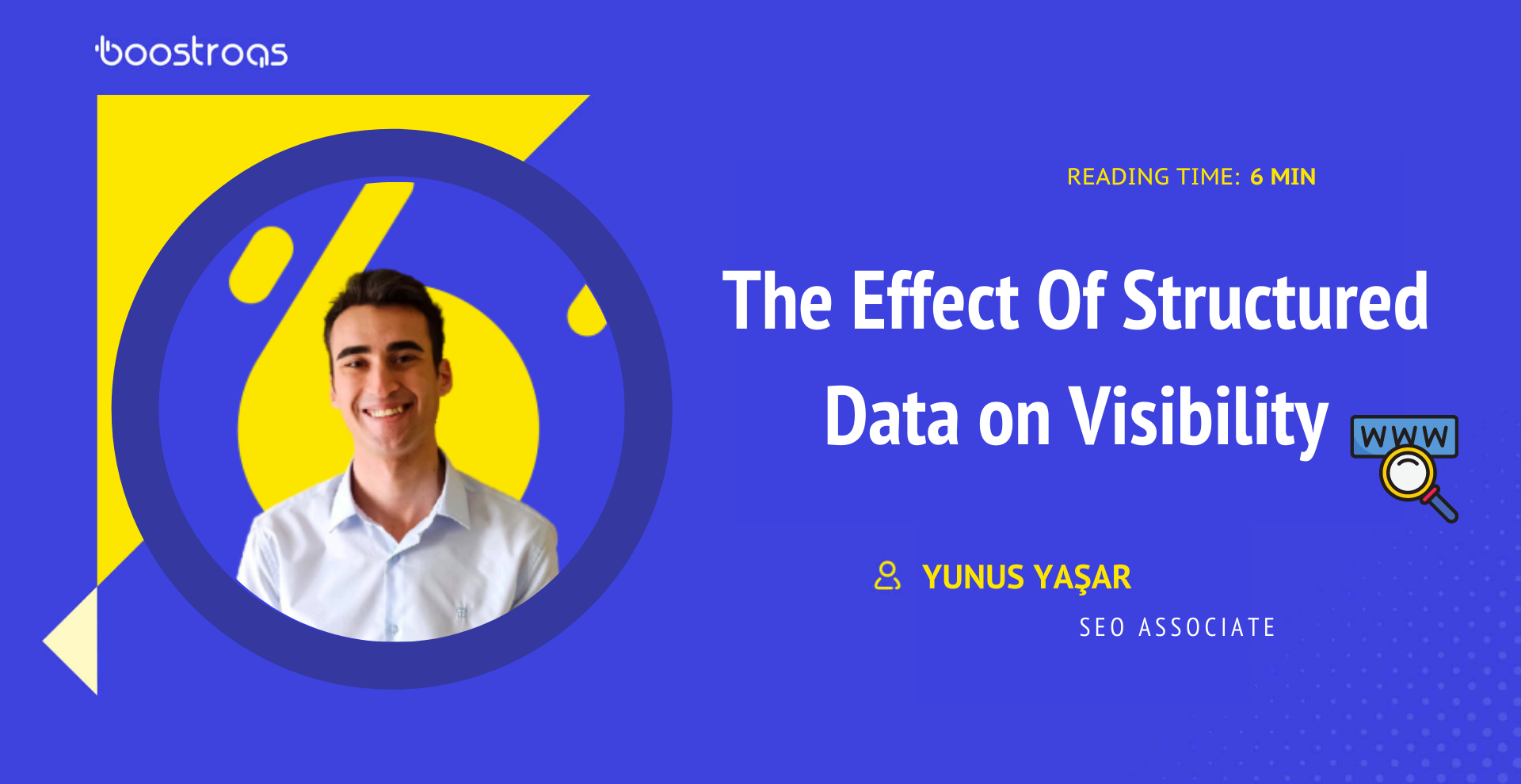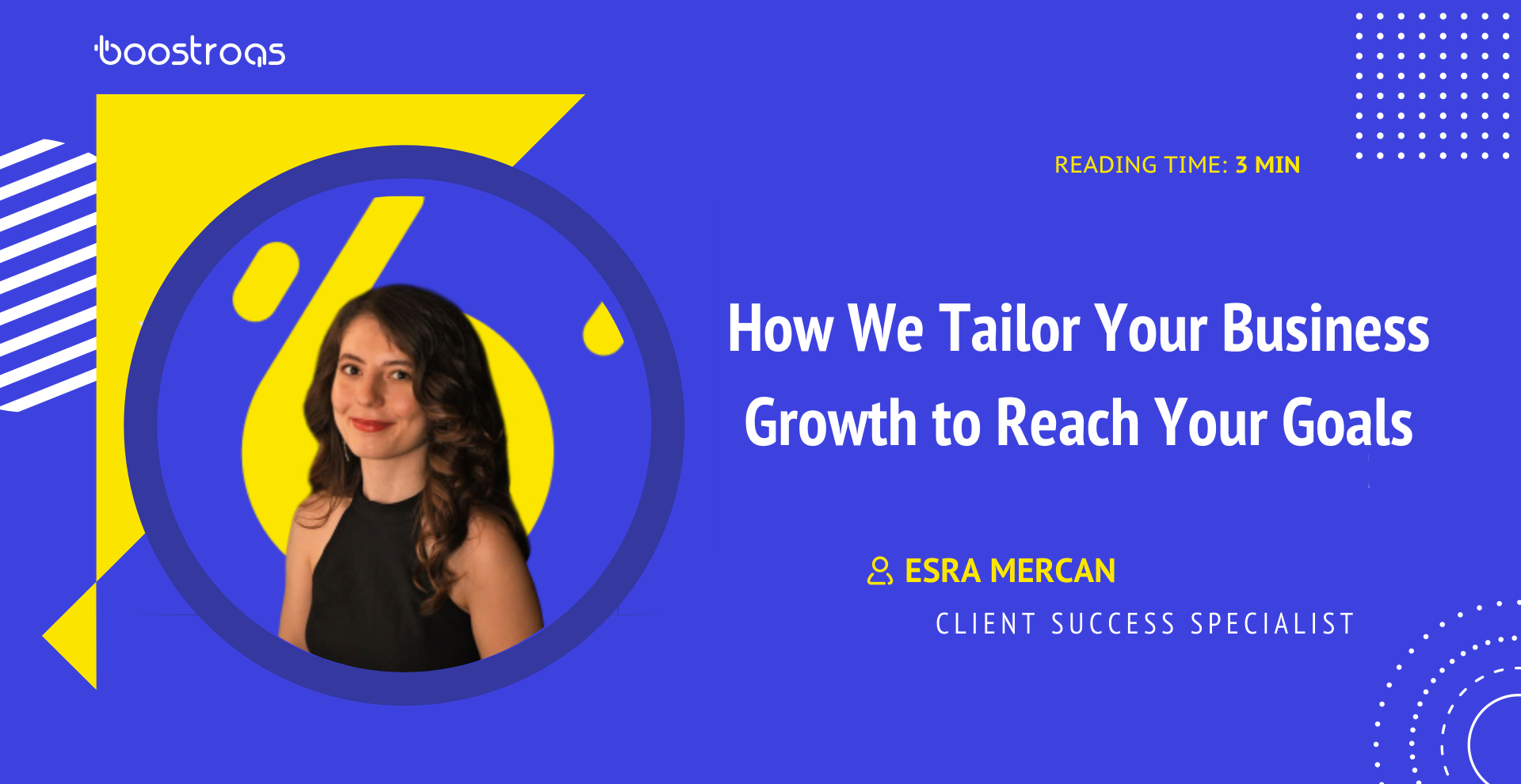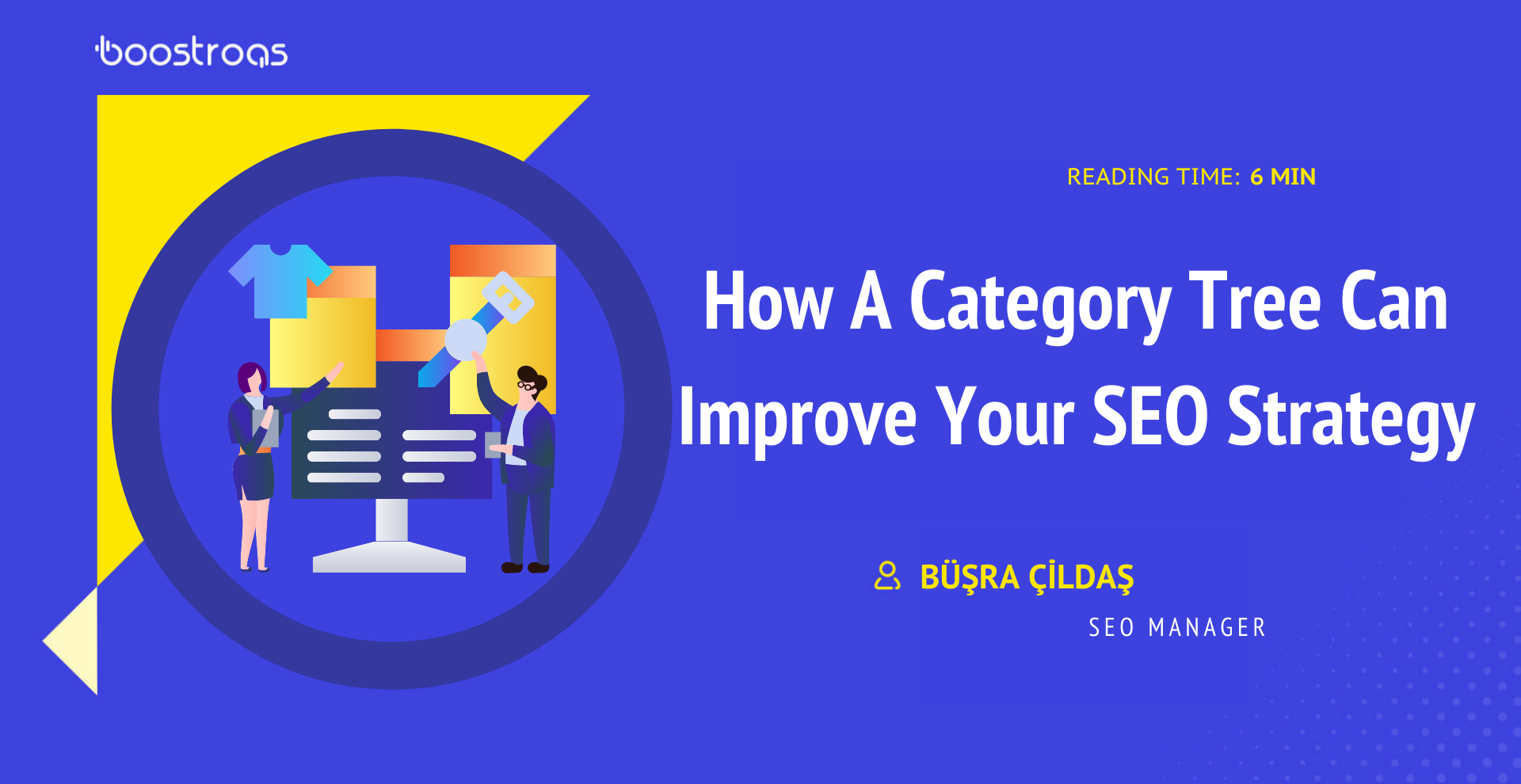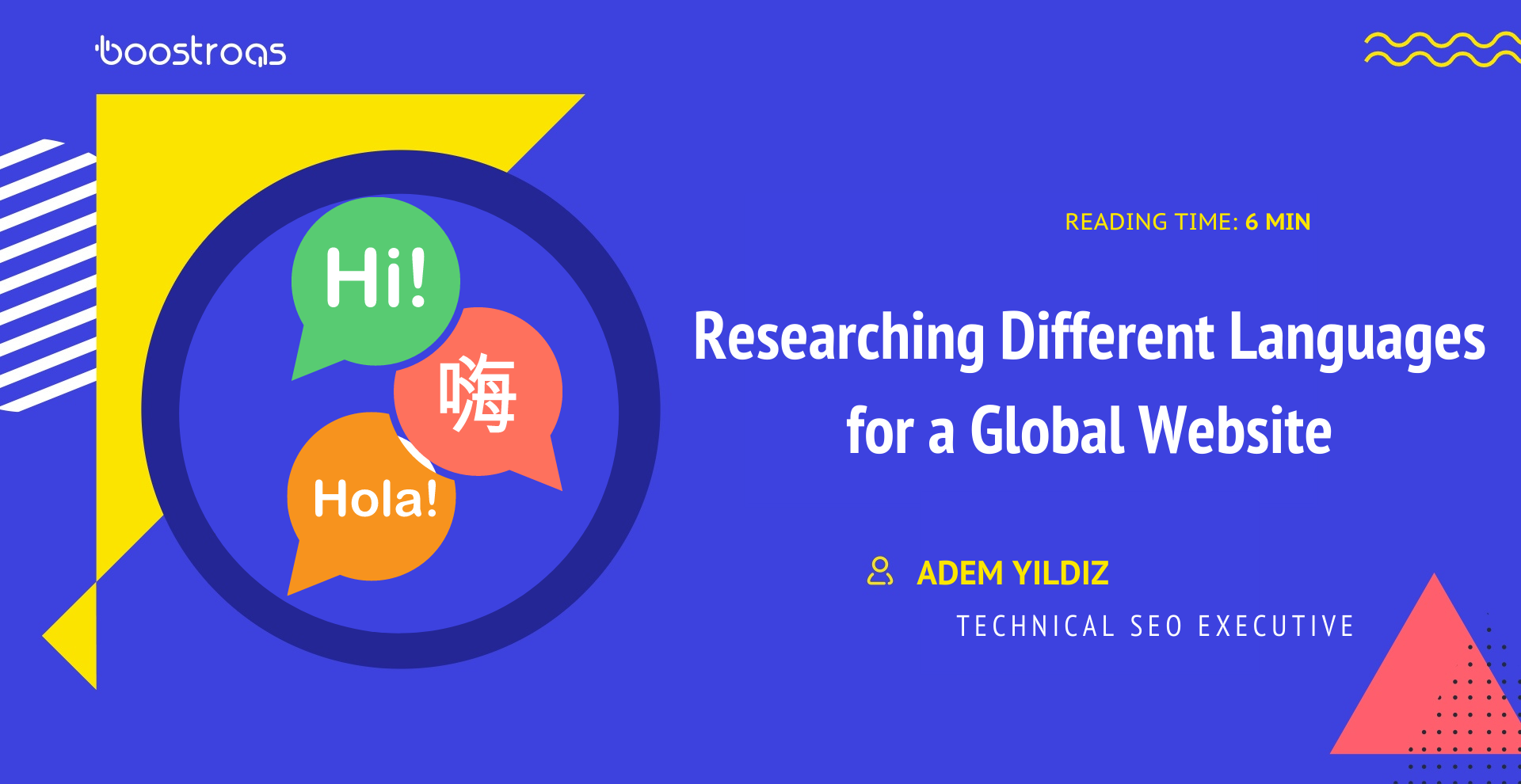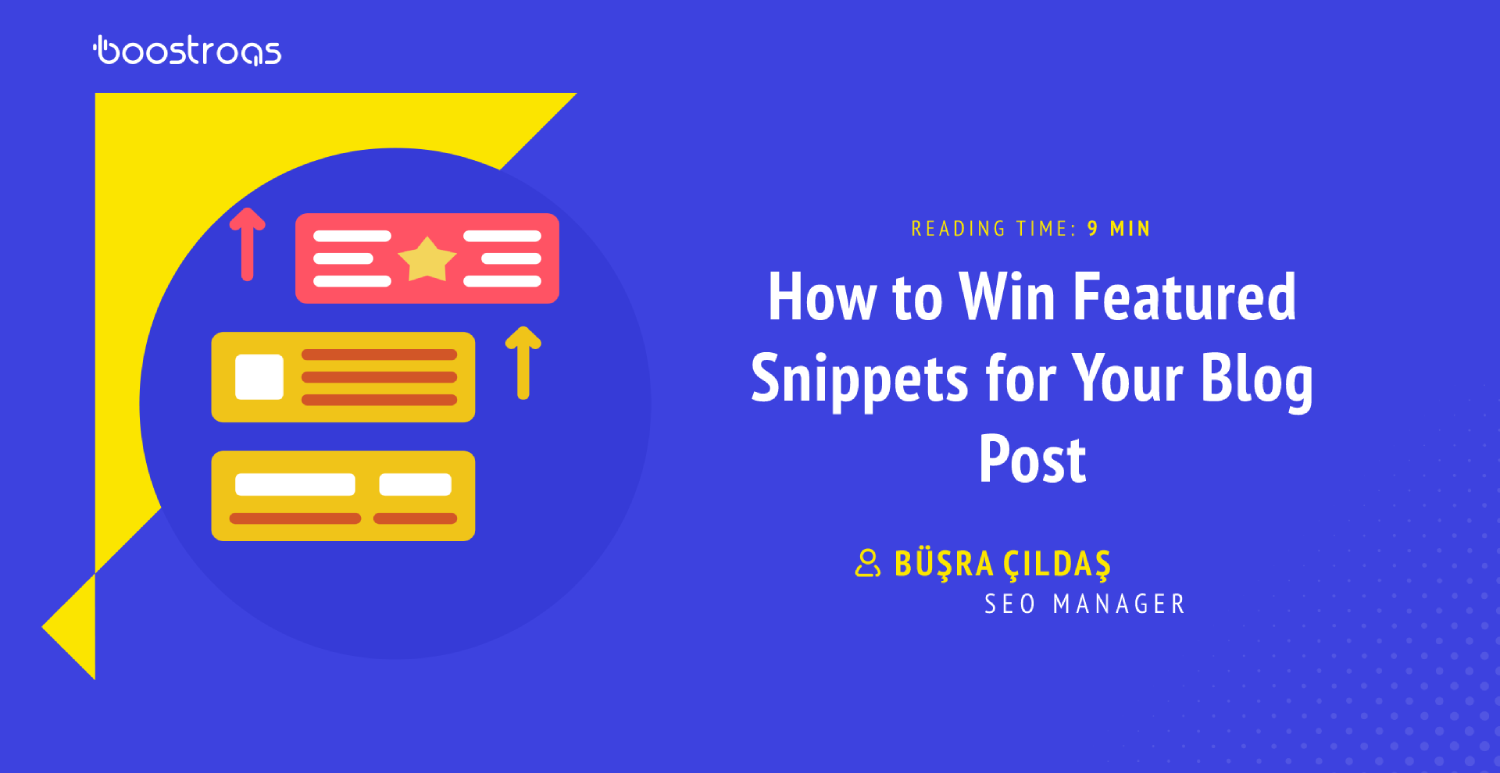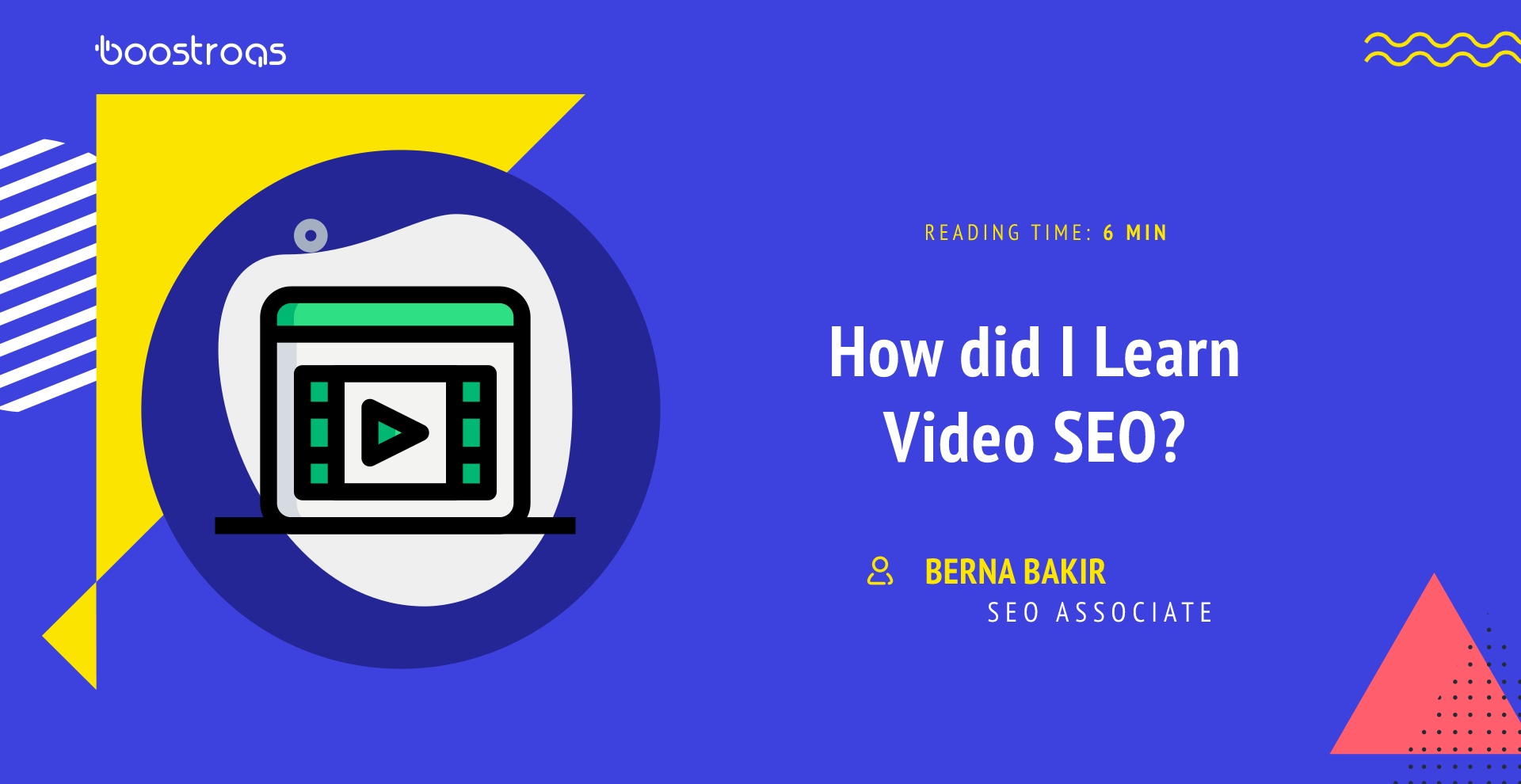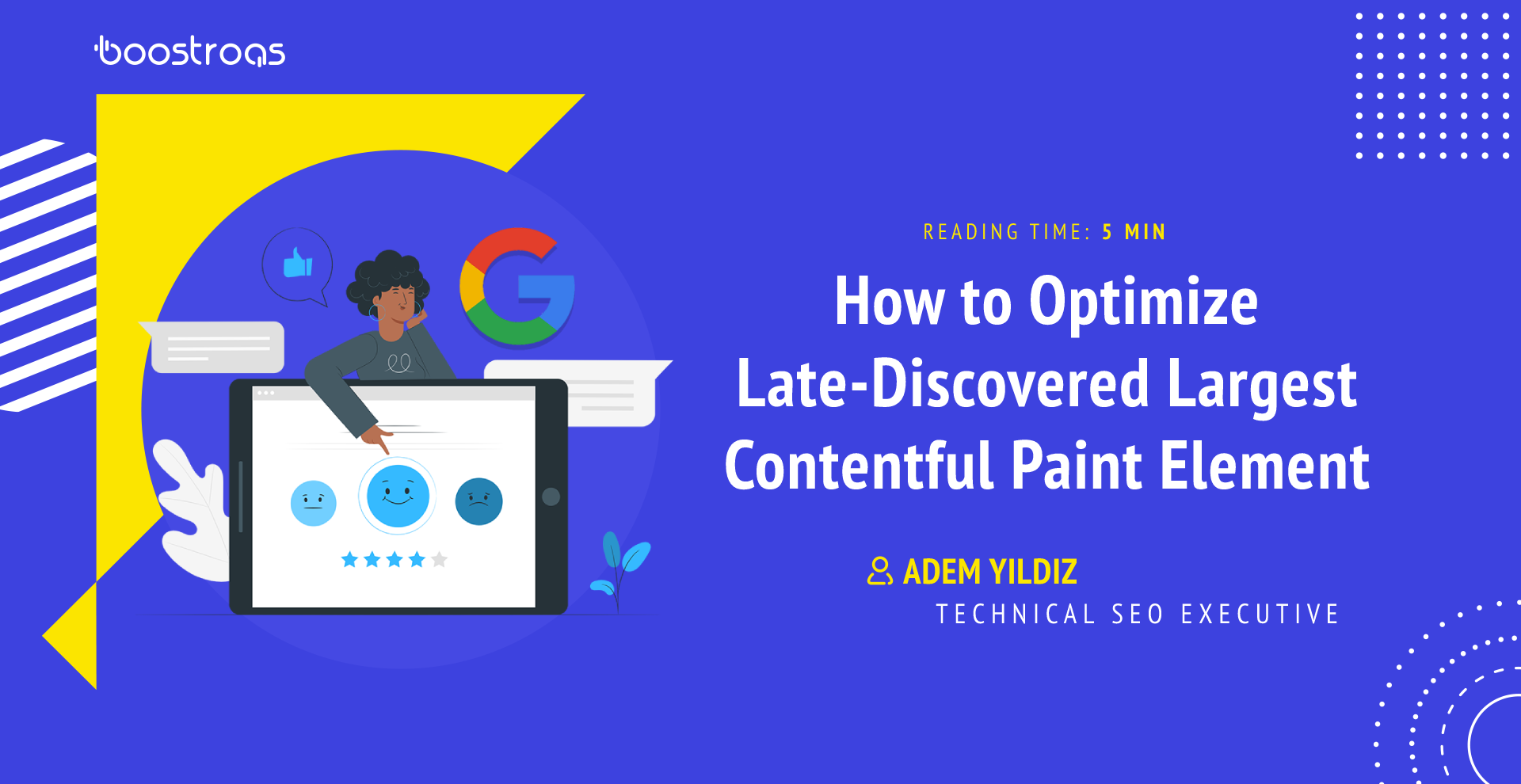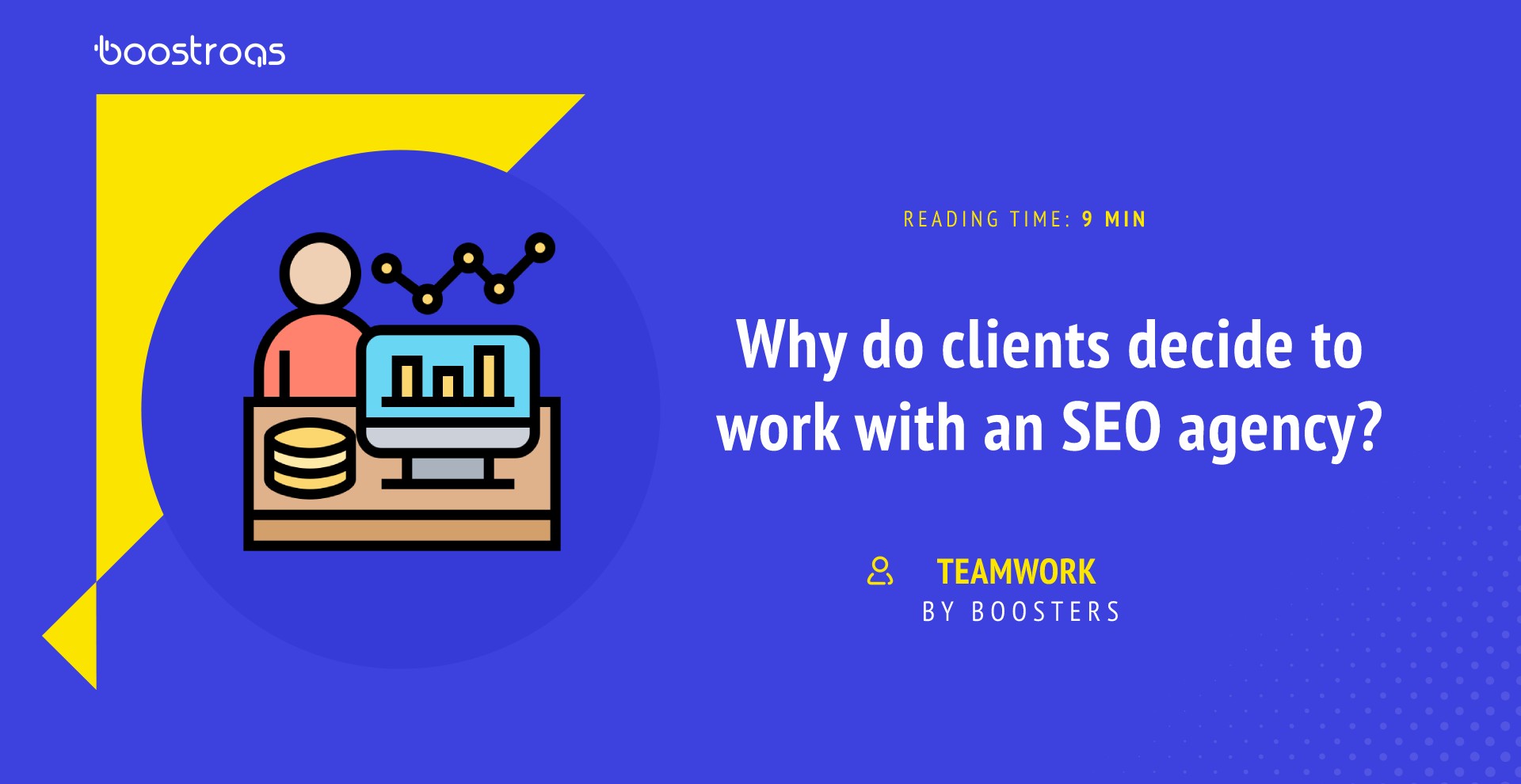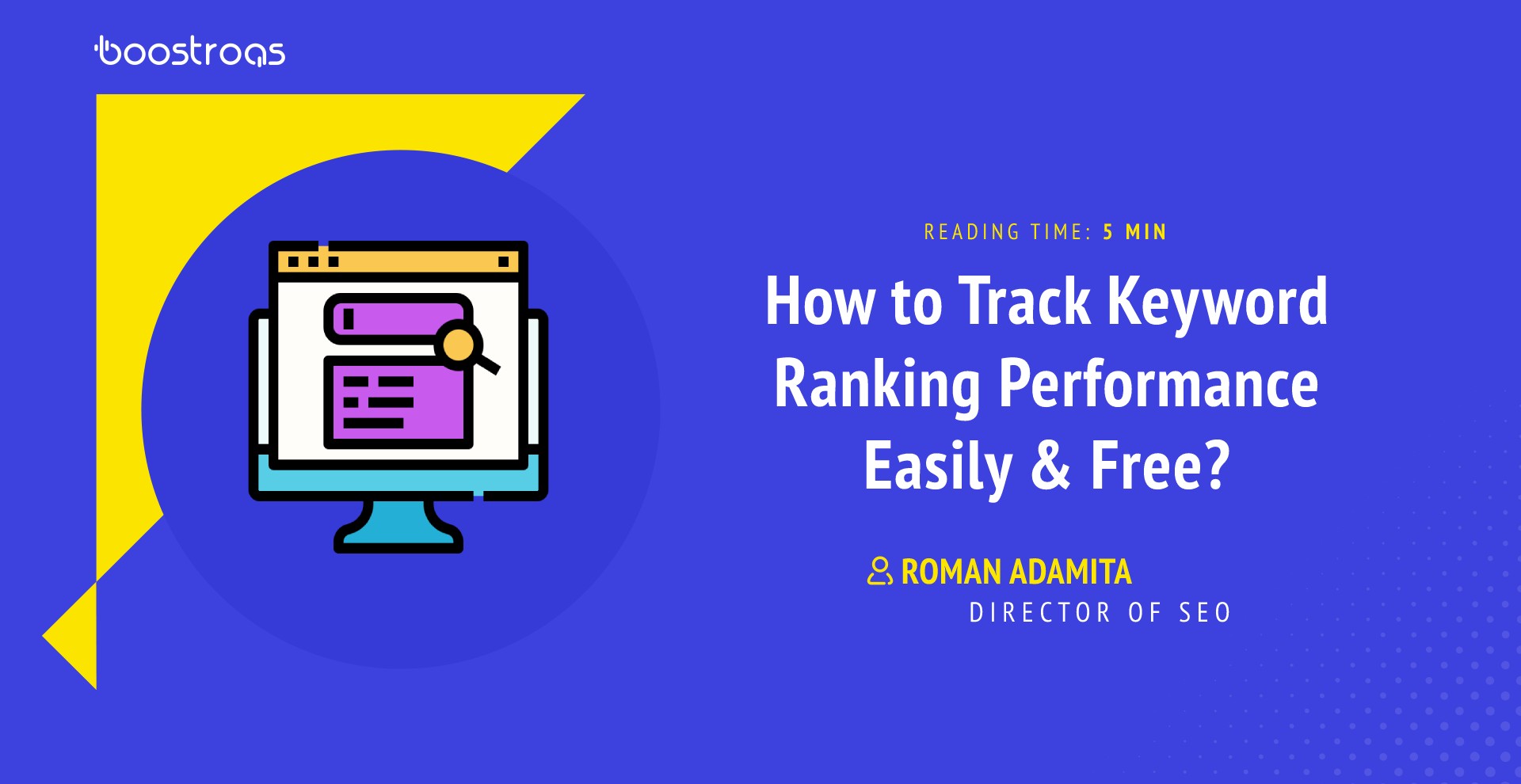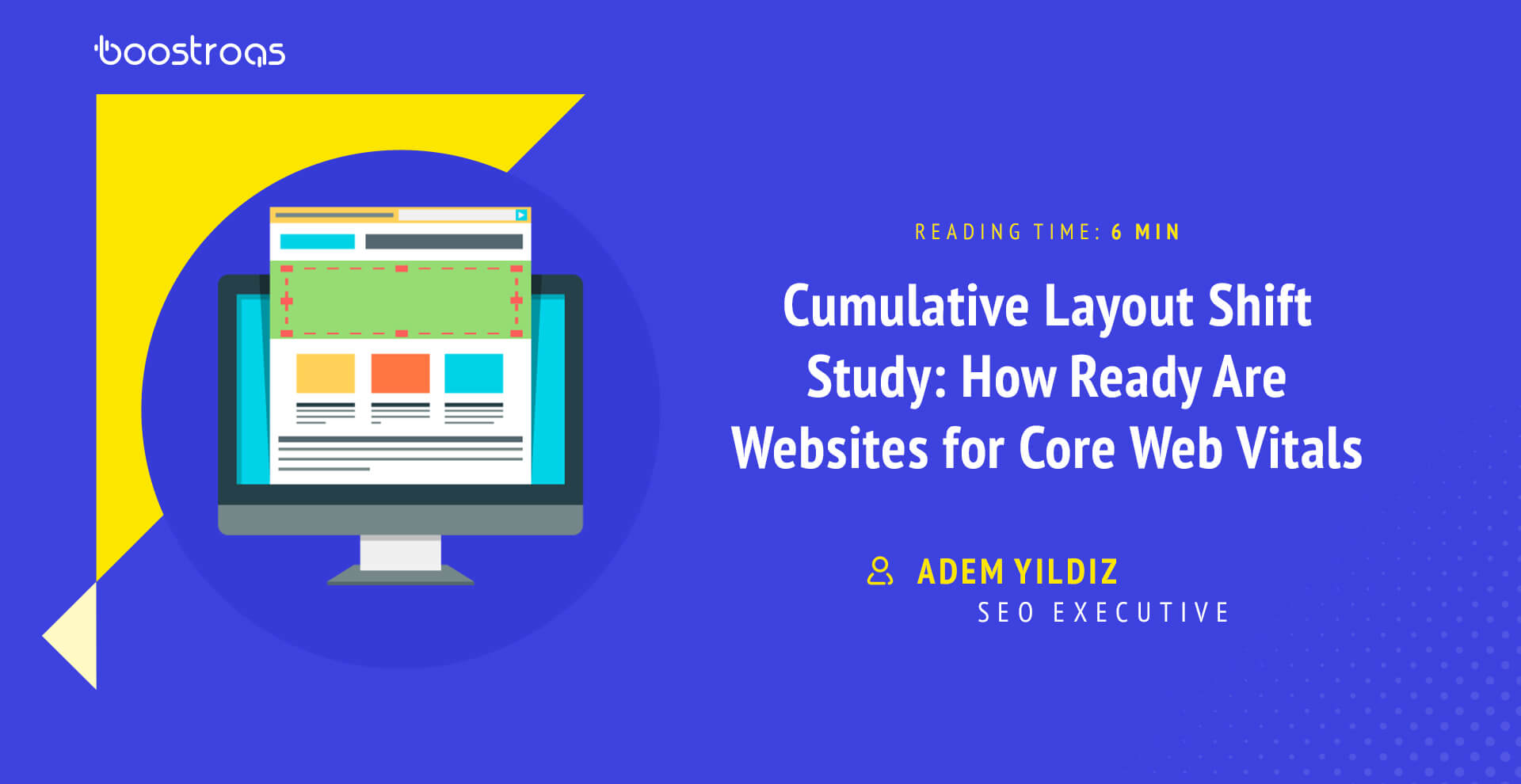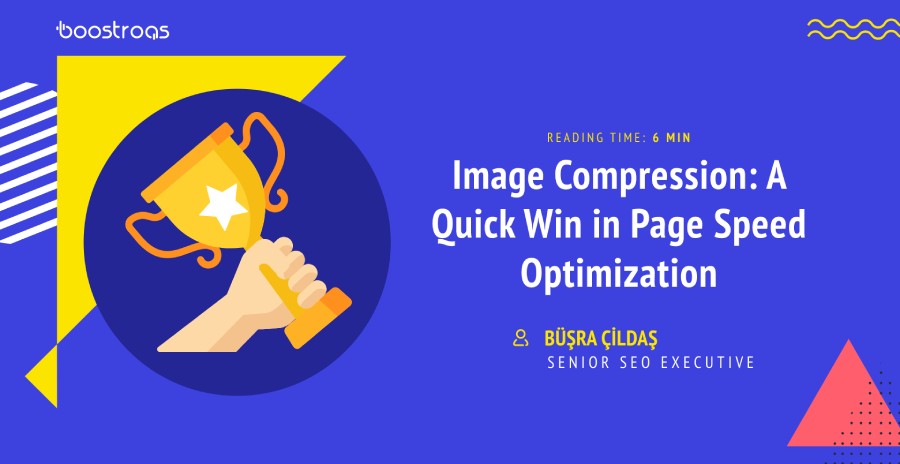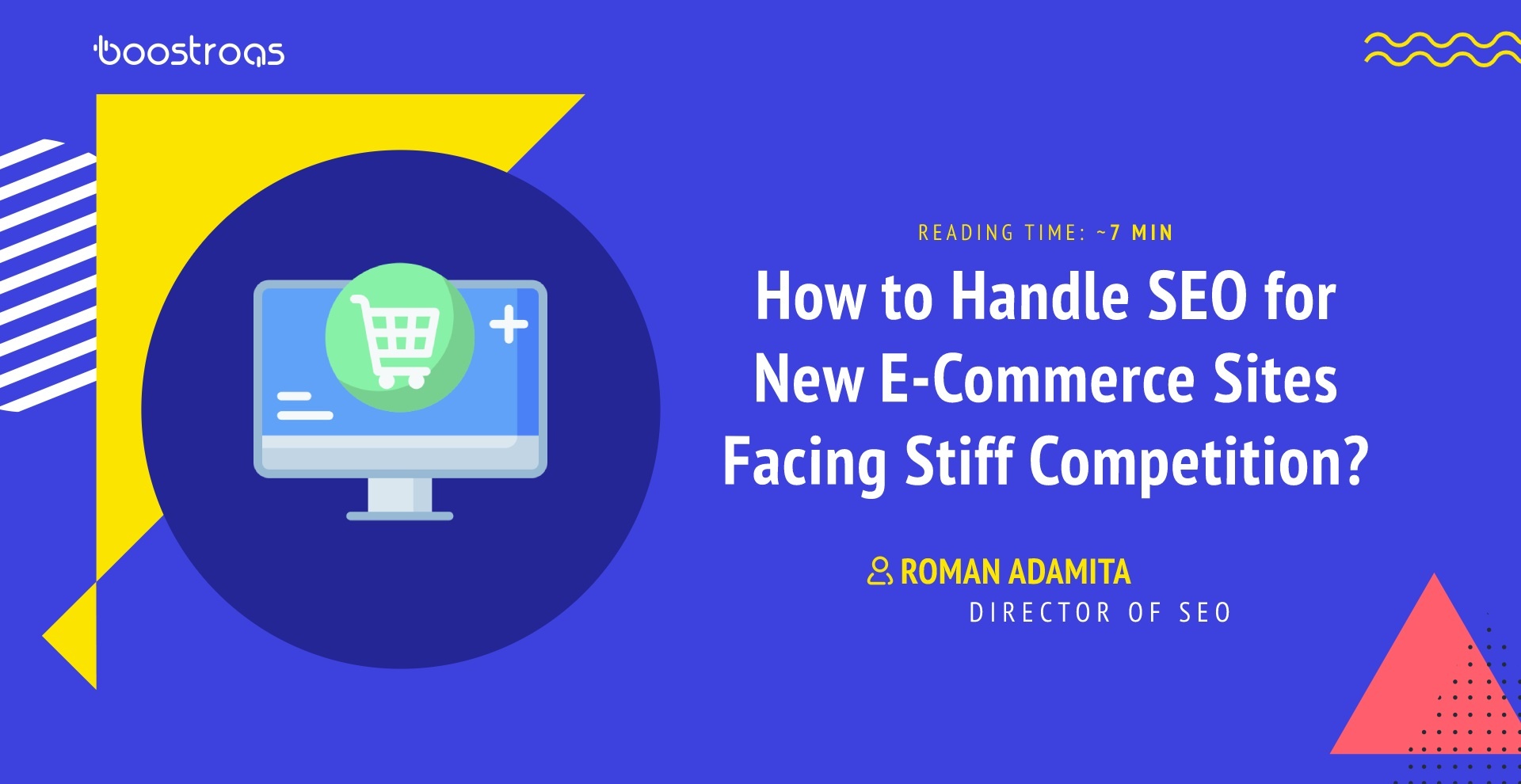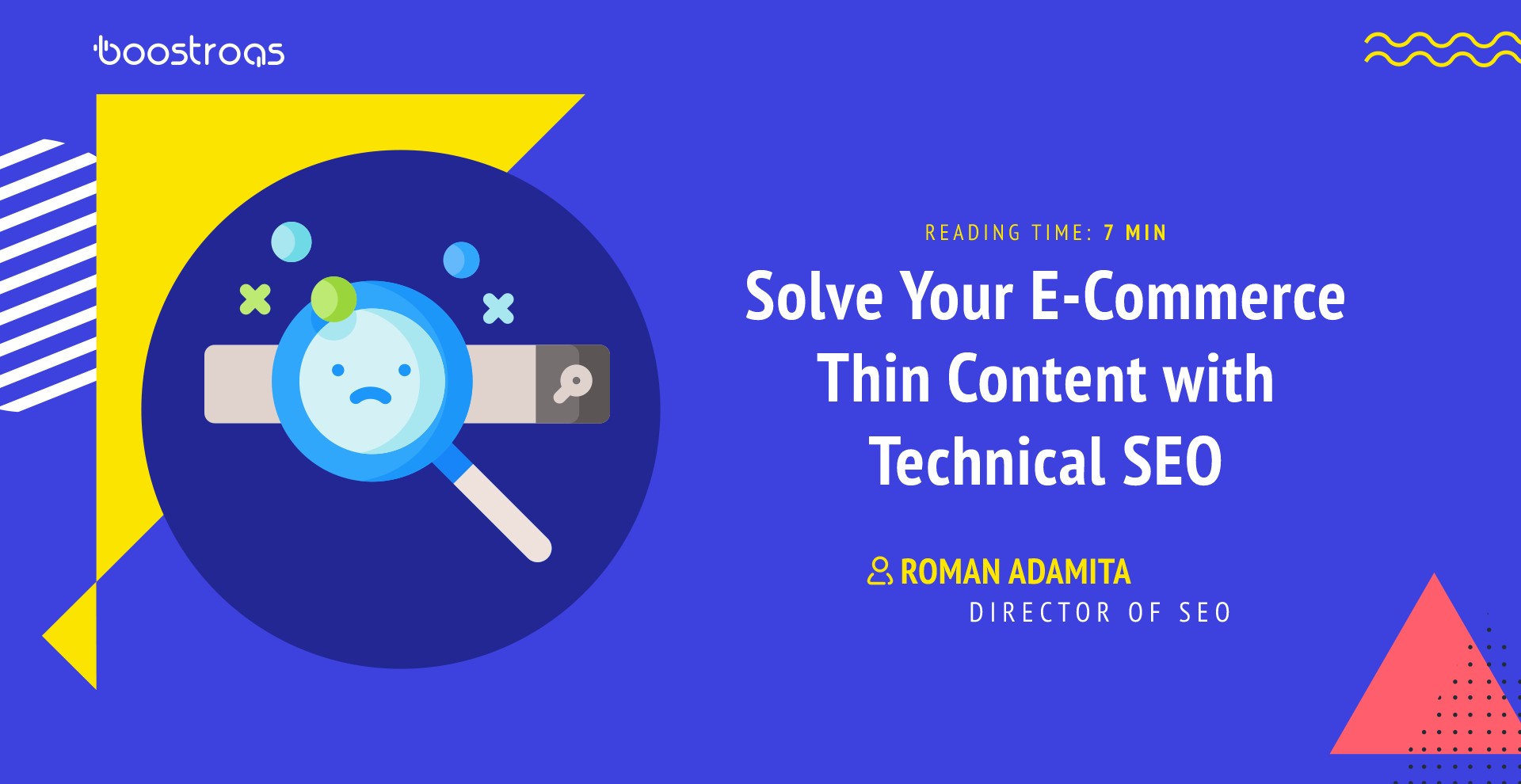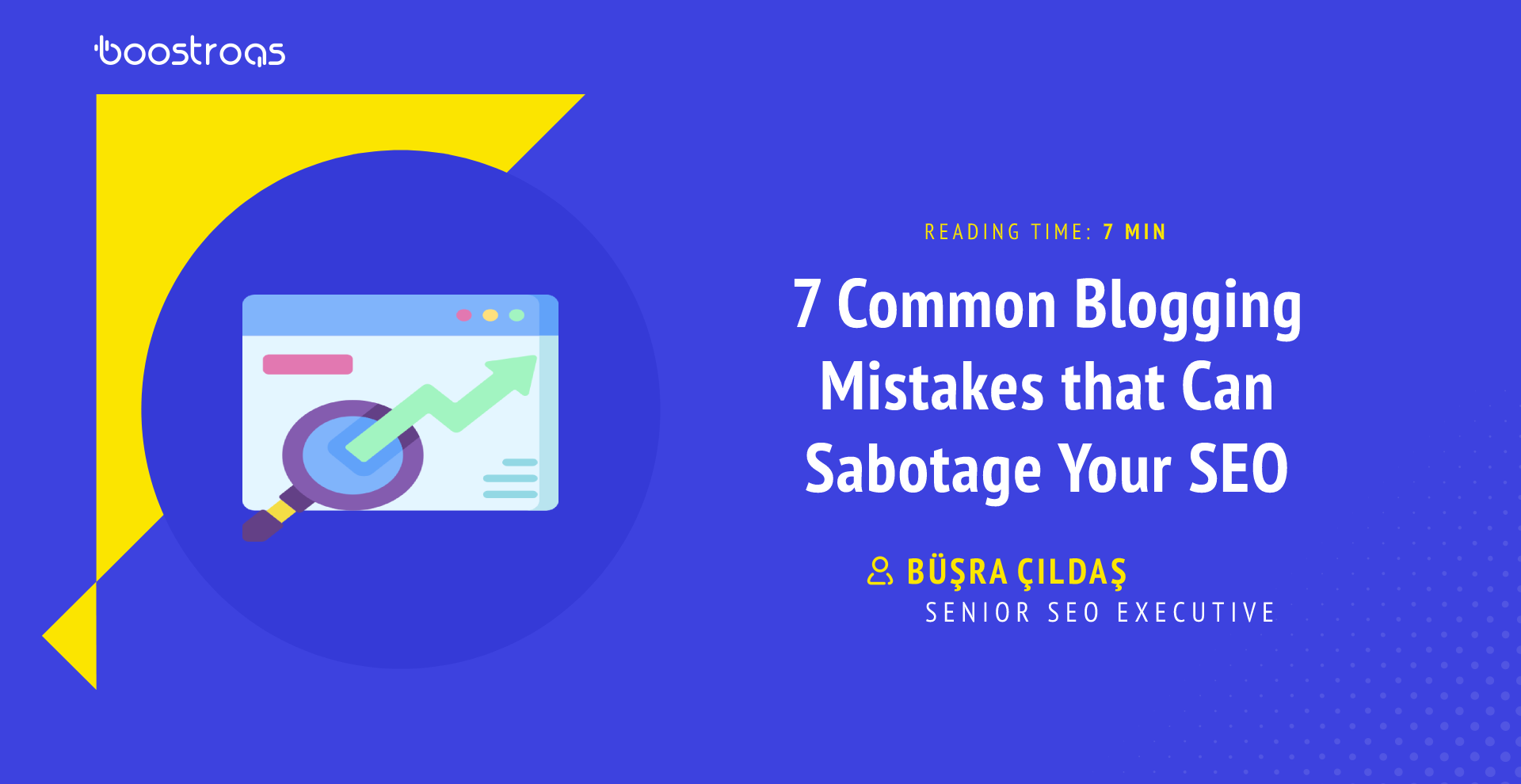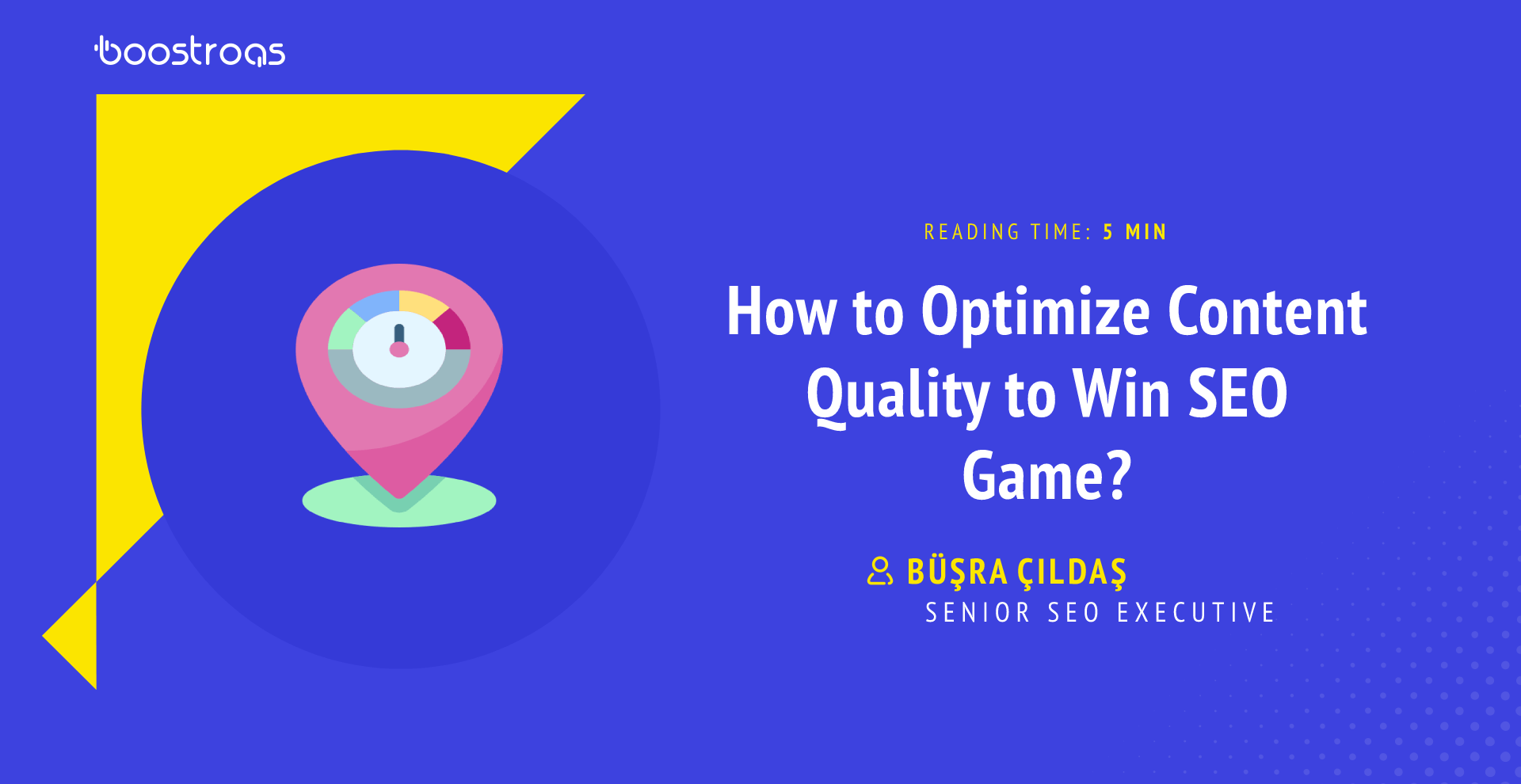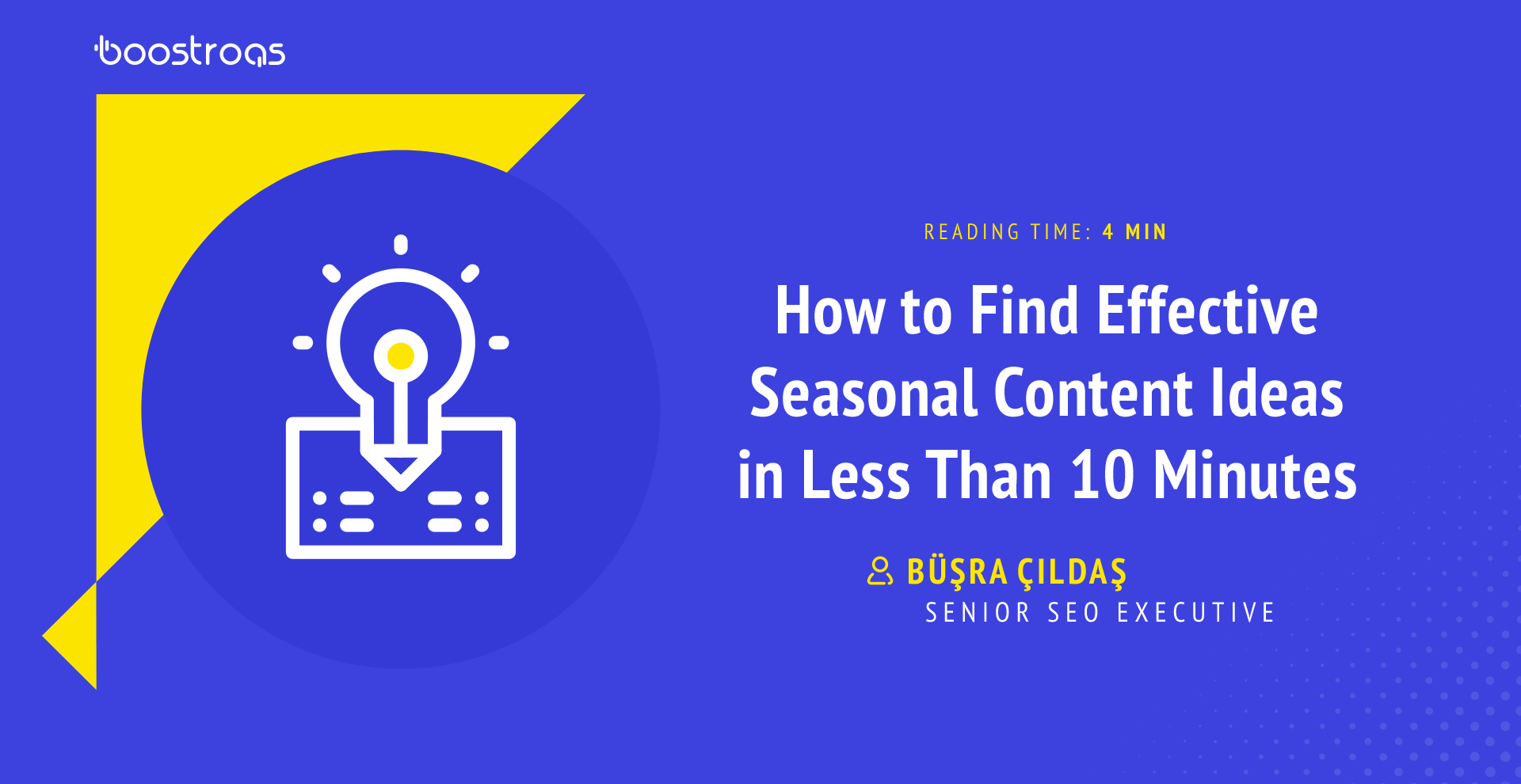Follow us :

I’m Nefise, one of the “SEO Painkillers” team members. Here to share with you the recap of our latest Weekly SEO stream from on Feb 4, 2022
Lidia Infante was our guest with her comprehensive knowledge and experience in SEO, and we are pleased to host her. We talked about User Intent in this episode, and Lidia told us about some great tips and tricks.
It would help if you never missed these tips. Let’s start!
- Host: Roman Adamita, Director of SEO at BoostROAS
- Guest Speaker: Lidia Infante, Senior International SEO Manager at BigCommerce
“Search intent has become a bit of a buzzword, and we don’t do anything with it most of the time. So I aim to give you a bit of a framework to bring search intent into your business, into your reporting, into your KPIs. Help you turn the buzzword into actual action.”
Let’s start with What is Search Intent?
There are a million definitions out there, but basically, the user taking their time putting a query with the keyboard is trying to get something done. That’s the intent. Satisfying search intent means that when users put the query down, they go to your Website. And they don’t have to put the query down again because they’ve managed to do what they were trying to do there. Search intent is just what was very striking to accomplish when they’re typing in the query. But then, there’s like a zillion types of intent and different frameworks. Each framework has its own definitions and its own little types. To be fair, most of them are very similar to the classic marketing funnel, which is good because it helps us communicate internally within the business. I’m gonna show you three different frameworks of search intent and what ı like about them, and how to choose the right one for you.
Choose Your Framework
See. Think. Do. Care
We’ve got the See, Think, Do, Care framework, which is a framework that’s quite famous. You can access it on the thing with Google. They have a super good explanation for it. I’m going to bring you back later when we talk about KPIs.
What I like about this framework is that it does really well with cross-functional teams. Because it’s super straightforward. The user is trying to say something. Like, get a quick answer or something informational. The user is thinking of something, and that’s the consideration phase of the classic marketing funnel where they’re trying to look at. Suppose they want an iPhone 13 or iPhone 12, basically. Do something is when they’re trying to buy it in the care of thoughts and questions that come afterwards. So that would be the retention and advocacy part of the funnel. That’s just one of the frameworks.
Know, Know Simple, Visit, Website, Do
There’s also a really good framework of Systrix. It’s the Know, Known Simple, Visit, Website, Do what this means is Know and Know Simple are two types of informational intense. The users are just trying to learn something.
Know Simple is when the user can learn it without clicking on your site. For example, “How many calories are in a Mongo?” If you type that, I’m guessing that Google was going to give you just the answer on the SERPs. The visit is when you’re trying to go to an actual physical business. So this is a really good framework. If you are quite heavy on local SEO or you have a brick and mortar business or several, and you want to track how you satisfy user intent and user queries for it. So “florist near me” or “best florist in Manchester” Well, that one wouldn’t be quite right, but someone that’s trying to get to a specific location. Then the Website is the same thing, kind of intent, but online. So when you type Facebook into Google, you’re not actually trying to learn anything about Facebook. You’re just using Google as a door to getting to where you want to go, which is Facebook. You also have the Do one it works the same as with a See. Think. Do. Care
This is when a user is just trying to buy something book something. They’re trying to accomplish an action.
Commercial, Navigational, Transactional, Informational
Then you’ve got Commercial, Navigational, Transactional, Informational. It’s really good if you have a long buyer journey. So, for example, when we’re talking about information, it can be “calories in a mango.”
When we’re talking about Commercial, you’re trying to learn. More information will lead you to purchase so that it’s very, very solidly in the consideration phase. And the Navigational would come to match a Website Intent of the previous Framework that we’ve seen. Transactional would be the Do on the other ones.
So, for the most part, all of the frameworks usually carry something along the lines of information. That’s common for all of them. Then usually, our navigational ones understand that the user wants to go to a site. The Facebook example is really good if we were thinking of all of those queries people typing Facebook on search, that are trying to learn something about Facebook would be mistaken, massively mistaken. And that’s really common for branded queries as well.
In my opinion, See. Things. DO. Care is really good for a cross-functional. The one that includes the Visit one is really good ıf you have a strong focus on local SEO and a physical business. Commercial, Navigational, Transactional, Informational for me covers really well everything. SAS and e-commerce, and there’s quite a good 360 one.
Classic Marketing Funnel
If you’re working in an old fashioned corporation, I recommend that you just use the classic marketing funnel and be very clear with your stakeholders about what exactly you mean when you’re talking about intent and what you’re trying to get done.
So once you’ve chosen your framework, you’re going to have to communicate it with stakeholders. There are different ways to go about it. I would recommend that you hold a little bit of a workshop with your main stakeholders, which are not just your managers, their managers, people in business sales and support.
You’re also going to want to loop in content and media into this conversation. I’m going to dive a little bit deeper into it later. I would recommend that you produce a small, quick reference pieces infographic internally to share with your company. So everybody understands what you mean when you’re talking about intent and have a quick point of reference for whatever.
Identify Inferred Intent
So now you have done choosing the framework communicating the framework. When you’re going to need to do now is identify the inferred intent of your keyword lists. This is assuming, of course, you have a keyword list already. You have many options here. Most of the classic 360 SEO tools now allow you to export intent from the tool itself. I quite like the SEMrush one, and that’s what I was saying. The navigational, informational, commercial, transactional is the one that SEMrush uses in their tool. Personally love it. You have different approaches to this. The export for the intent from your tools is a good way to do those in bulk, but no one has quite mastered perfection when it comes to inferred intent. And also, you find yourself with the issue, very generic keywords can have more than one intent? For example, maybe the person that’s typing Facebook wants to learn the latest news about Facebook or why the Facebook value dropped so much in the markets recently. The more generic the keyword is, the more muddled, um, the intent is going to be for you.
So, what I recommend that you do is trust Google, which is a weird thing for an SEO to say sometimes. But Google is trying, is constantly testing and using massive machine learning algorithms to satisfy user intent in a very good way of peeking behind the scenes of what good was done. It’s looking at this position of the SERPs. So if you’re seeing maps come up, you know that we are looking at a visit type of intent. If you’re seeing videos come up. Maybe someone’s trying to understand how to get something done, and tutorials are popping up for that answer.
So there is something that you can also export in bulk with Ahrefs, you can do it with SEMrush, you can do it with most of the 360 SEO tools and for the very, very, very, very keywords for you. I do recommend that you review the top three ranking results and understand how they are meeting user intent. Because their kind of Google endorsed in terms of where they’re ranking. So Google thinks they are actually meeting that intent. It could be a little bit mixed, but it’s something that we’ve seen in the SERPs recently where for those more generic keywords, we see some informational pages and some transactional, some navigational. So it is a world to explore, but when it comes to your workflow, you’re going to want to have a clear idea of what the intent for your keywords is going to be.
Bring Intent Into Content
So then you have the list of intents for your key keywords. You need to make it happen. That is the trickiest part. And it is very tricky because you need all of your stakeholders to be with you on this.
So How Do You Bring It Into Your Content?
You’re going to have to talk to design and the content. They have to be on board with your intent Framework. So that point earlier on communicating your framework, your chosen framework is super important, and it really comes to play when it comes to actually do when it comes to actually produce that content.
You’re going to have to embed satisfying user intent in your processes. You likely have a keyword map. You likely have a content brief where you talk about the keywords that you want to target. What is the user trying to accomplish? What is the title that you want to get or the URL? You’re going to want to bring insight into that. To add a field for intent, in your content briefs super, super, super important and for me, and for measurement, as we’re going to talk about in a second, add a field for intent in your keywords mapping. You have linked a blog post about keyword mapping. You can check it out.
But also another part is you’ve sent your briefs with the intent. You’ve told your design team what to complement your written content with. If you need a video or an infographic or an image, now you have to check the content when it comes to you before it goes live on this, on the Website, make sure that you tick off intent as part of your QA process when you’re trying to understand whether or not content design has delivered, what you wanted them to deliver.
Why are We Going to Put the Field of Intent in Your Keyword Mapping?
Because it’s going to help you measure your performance, and this comes back to what I was telling you about. Someone that’s trying to get to the Facebook website Just wants to do that. Someone that’s trying to buy an iPhone wants to buy an iPhone. They don’t want to learn about the differences between the iPhone 12 and 13 because they’ve already chosen.
A really good way to go about this is using the funnel, but you can also replace all of the names in the funnel with your own, with your chosen in 10 frameworks. When we’re looking at awareness, parts of the funnel, so we’re talking about someone who wants to learn “how many calories are in a mango” Basically, we can be talking about visits, about views, organic clicks, CTR to try and understand, if our meta descriptions and titles are compelling if we’re featuring on the SERPs the way that we want to feature for all of the awareness type content.
Then when we’re talking about consideration, which in this section, we’re talking about engagement. It could be pages for a session that would be a really good way to measure this or bounce rate as well. So if someone comes into our Website for a keyword that’s dedicated to consideration and immediately bounce, we are not serving them what they want. It could be the case that someone says there are differences between the iPhone 12 and the 13th. So we’re showing them just the iPhone 13. Why do you have to buy the iPhone 13? It’s normal to the user balances because we are serving them a type of content that would be more fitting for acquisition or conversion type of face. So, in this case, choose a KPI for your type of intent. And then, you’re going to be able to measure the success of your content efforts. Much more effectively. You’re not going to be measuring visits when you should be measuring conversions because a product page is likely to have way fewer visits than your blog page. It doesn’t mean that it’s worse. It means that it’s doing another function.
So it is really important to keep in mind what the goal of your content is in order to measure against it. And the way to structure this is by bringing intent into the game. So when you are preparing that lovely infographic for your team and stakeholders, when it comes to your chosen intent framework, I advise that you include a section for KPIs. Because in that way, it won’t look like you’re backtracking. And trying to save it, low visits are fine for product pages, or low visits are fine for specific SAS conversion pages. So that is quite important to keep in mind.
Questions & Answers
Q1:As you know, the Search Intent feature came on Semrush. Do you think this feature works properly for each language? Or would it make more sense for us to find out by doing a special SERP analysis?
A1: To be fair, It doesn’t work. Nothing works as efficiently in other languages as it does in English, and that includes Google. They’ve said a few times that their natural understanding of languages and English is way better than it is in Spanish, for example, or French or German or anything else. So no, it doesn’t work as well as it does for other languages, but they are doing better. I don’t know specifically how SEMrush is creating their intent, but I can tell you there’s another tool called Keyword Insights that infer intent, not from the disposition of the SERPs or from the type of query that’s being shown, but from the content of the top 10. They have different ways of understanding what the websites that are ranking are trying to do, but that is a quite fresh approach to inferring intent, and I quite like it, to be fair. Otherwise, you can’t. If you want to do this through SERPs analysis, instead of downloading a list of intent keywords from your tools where you can do is download the SERP features, using the same tools, just ignore the bit about intent and try to analyze SERP features by content topic or content cluster that you’re trying to rank for with the same thing.
Q2 :How do we approach search intent when it comes to video optimization?
A2: So I would do it quite similar, to be fair. I’m thinking of concepts around video. So if I was working on an influencer campaign, there’s a YouTuber there’s doing something fantastic, pay them a little bit of money, and they have my product on display, or they use it for something. In that case, I will be measuring views, and I will be trying to track whether this had any impact on my brand awareness because that is the goal of that specific video. It is an informational and awareness goal rather than consideration or conversion. But then there might be specific types of queries that require video to answer them. For example, I’ve recently gotten into gardening, and I wanted to know how to transplant my Hoya. I went on TikTok. I literally searched on TikTok. This is something that I had never done before, but I’m quite satisfied with how the algorithm knows me. The aesthetic of the videos and the fact that I know it’s going to be a very short video, which is what I want. I don’t want encyclopedic knowledge. I just want to keep my Hoya alive. In that case, I did a search there, and I went back to Google. But just on my way to going to YouTube, I knew that I wanted to receive this information on the video. And ıt wouldn’t be just as valuable to me. If ıt wasn’t writing, I’d be more confused. Because I wouldn’t really know how much I need to strip the roots out of the roots that they had or that kind of thing. So I would say a good way to approach there are several layers to this question, actually. So do I have to respond to this query with a video or not? A good way to go about that is SERP analysis, and then how am I going to meet my user intent with the video? It’s very similar to how you would do it without the article. If you understand what the user wants, you are going to be able to provide it. Otherwise, It’s hit and miss if you don’t understand what they use or actually want to get from that query.
Here is the newest Weekly SEO live stream!











